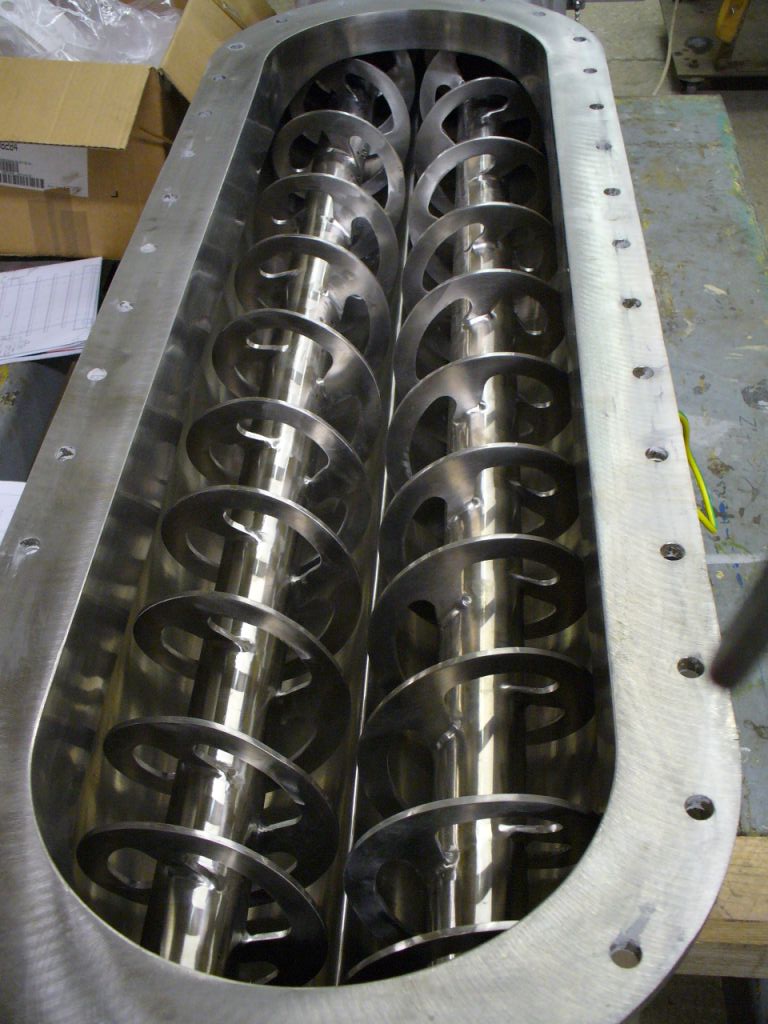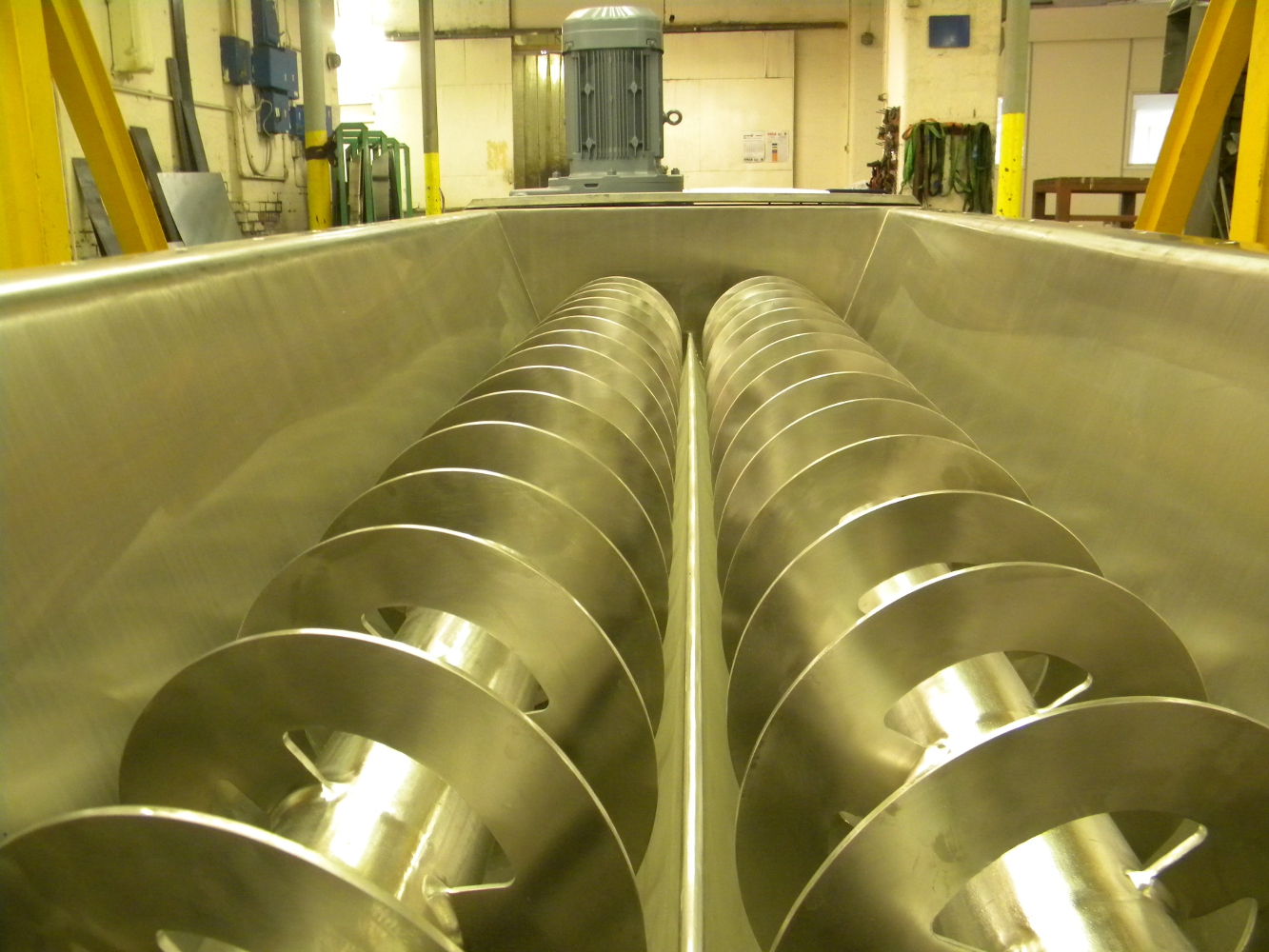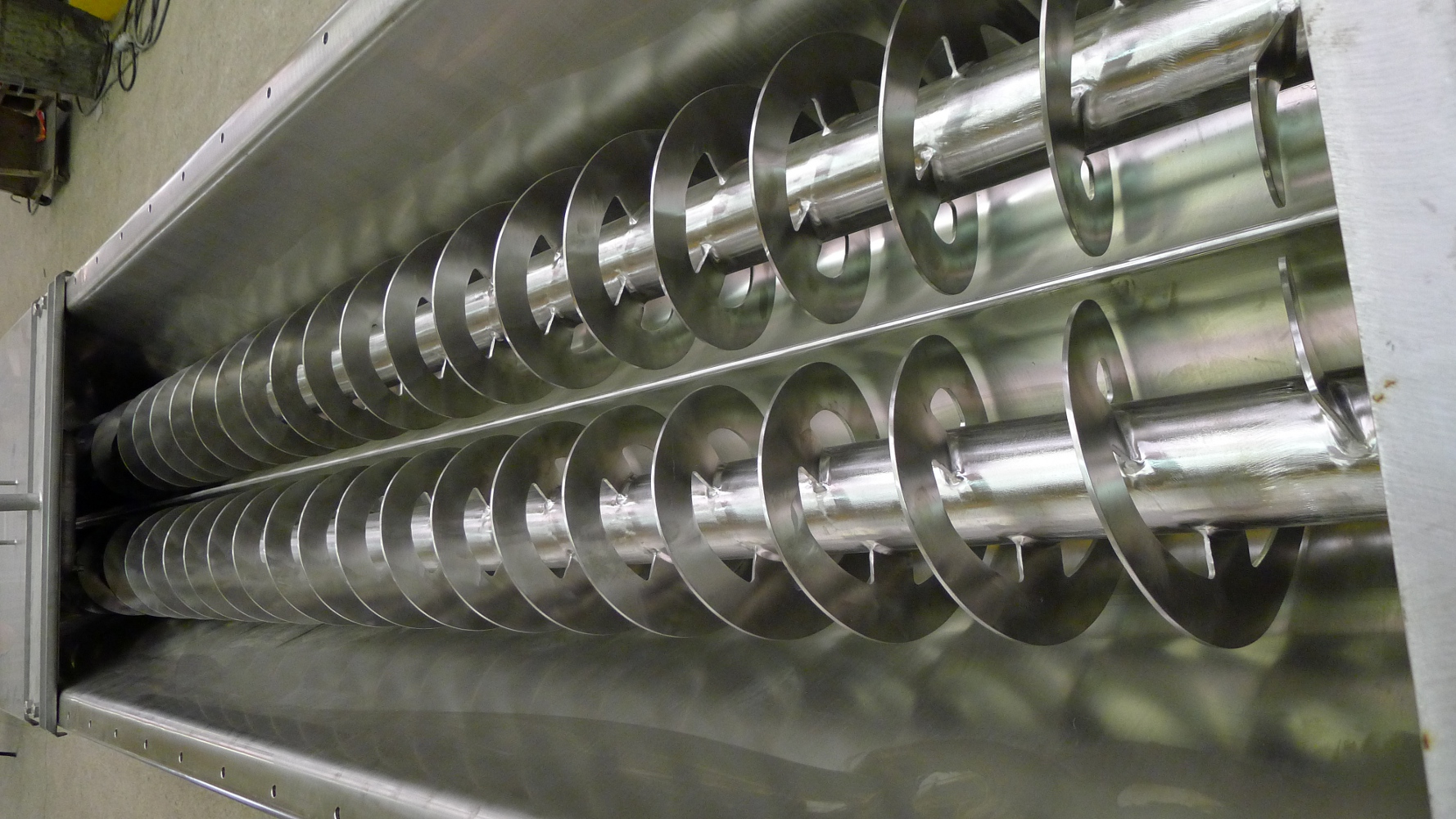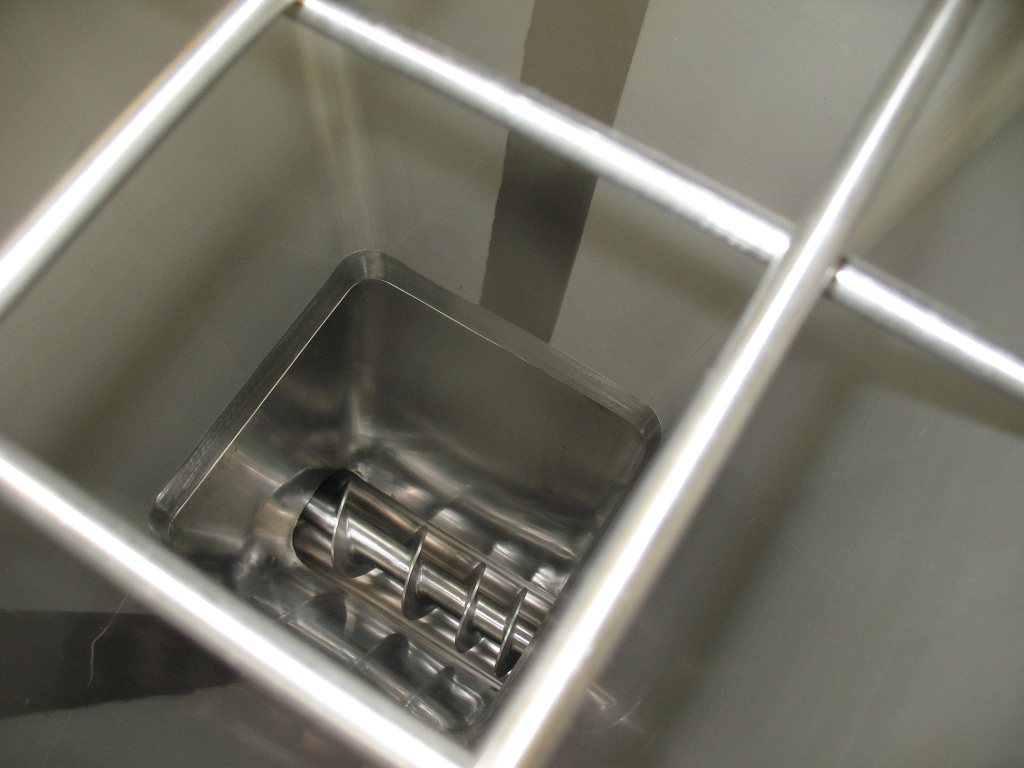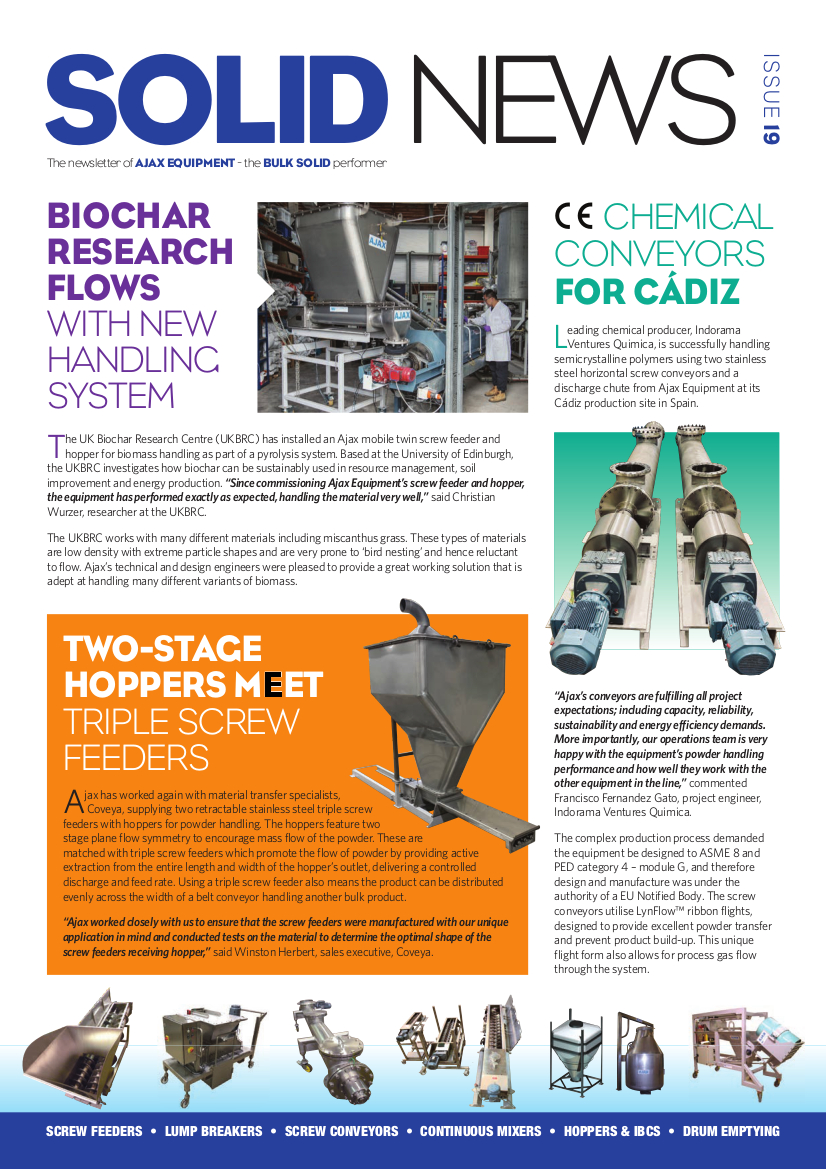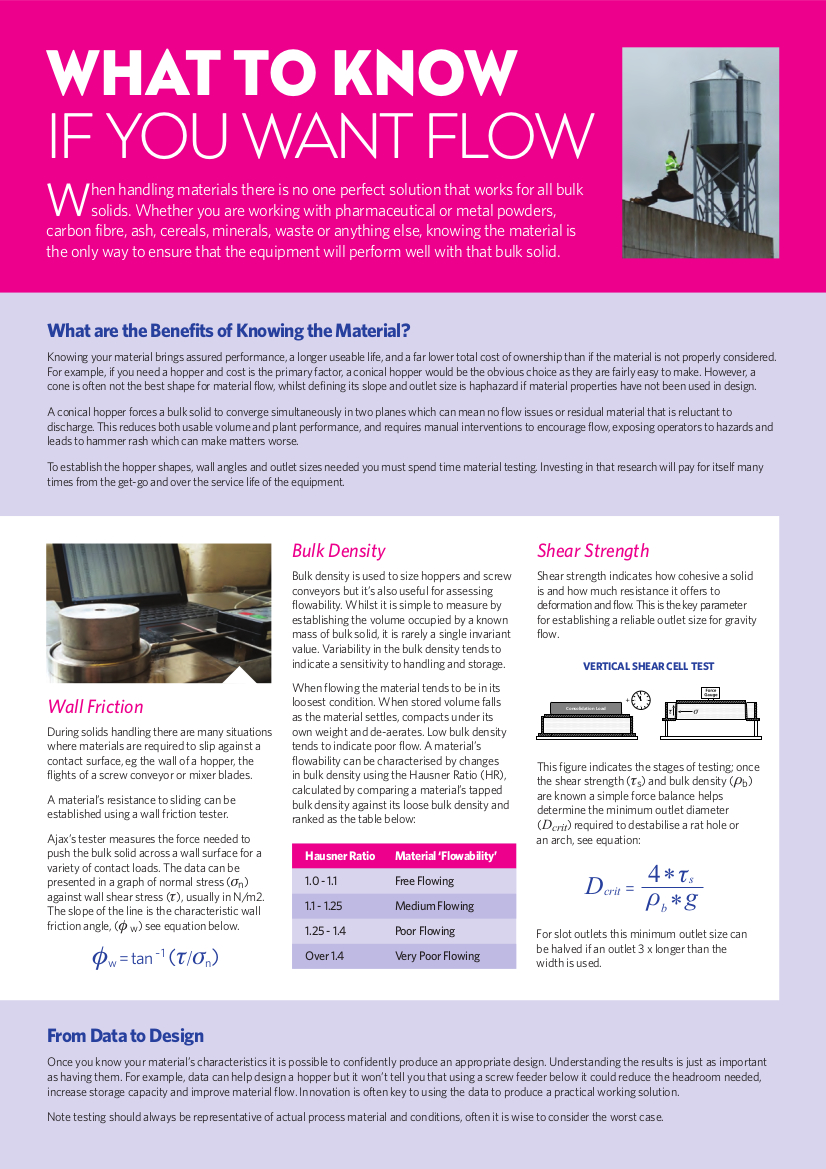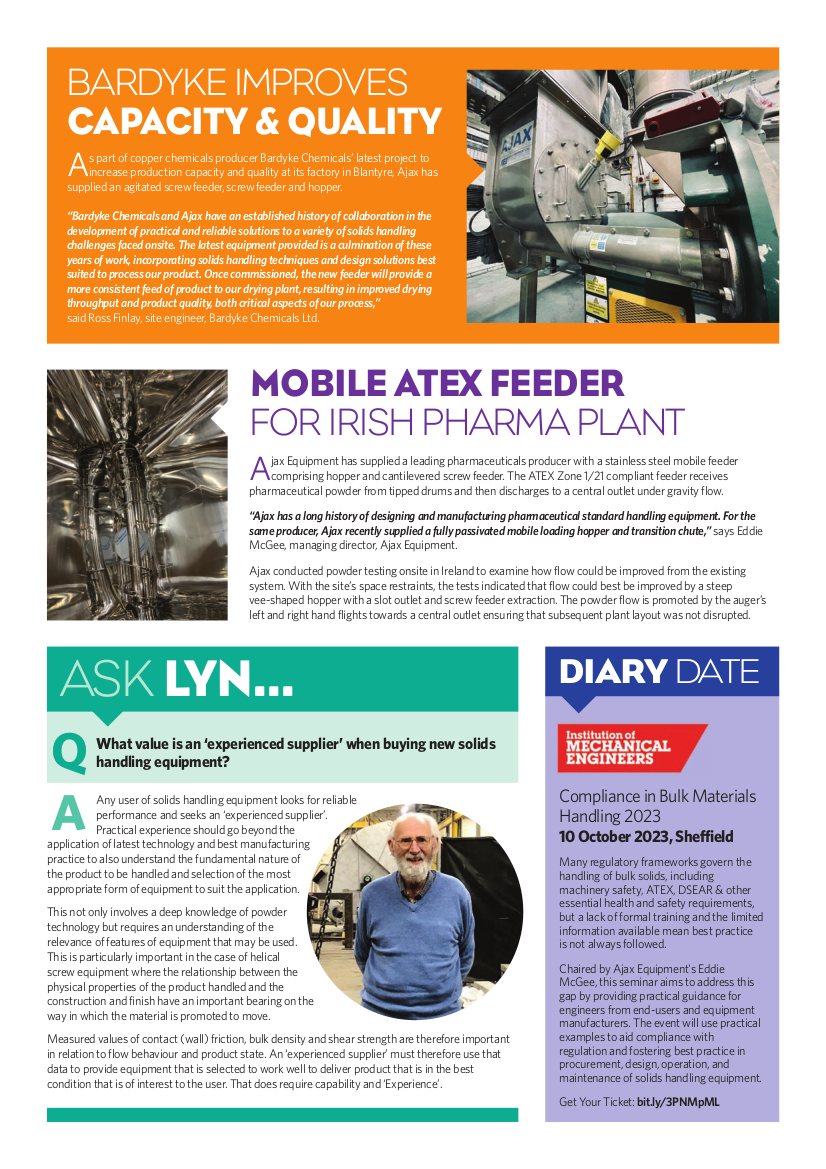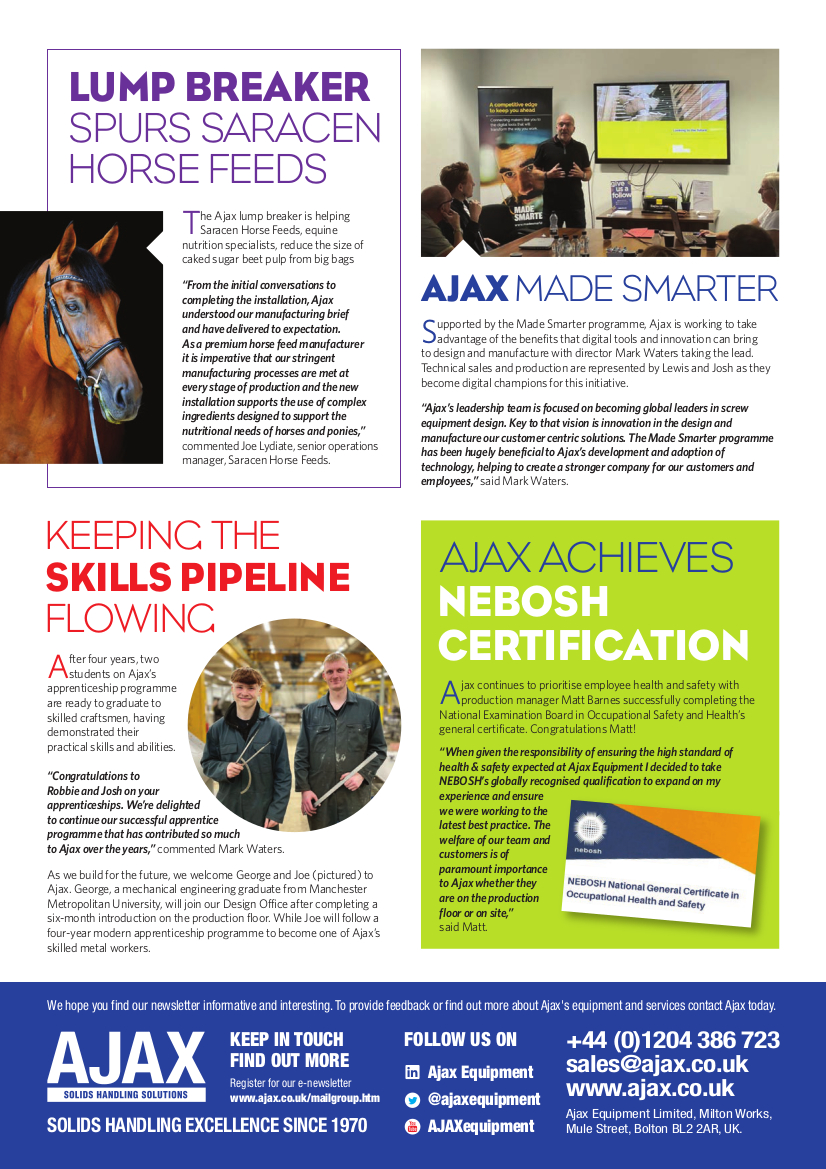Hopper Inserts For Mass Flow
Some bulk materials deteriorate in quality or in flow condition if they remain in storage for extended periods. Unless all the material in a hopper is caused to move during the discharge process some of the static contents will remain in place indefinitely if the hopper is refilled before being completely emptied. Other materials behave in a fluid manner when initially filled into a hopper. Freshly loaded contents of this type need to settle to a stable flow condition before reaching the outlet, or they are prone to 'flush' uncontrollably. This effect is prevented when the hopper works in a 'first in - first out' manner and a 'heel' of material is present that will discharge first and allow time for the newly entered powder time to settle. Such products should only be held in mass flow type hoppers, where the material slips on all the wall contact surfaces and there are no 'dead' regions of storage. Mass flow hoppers have the additional advantage of securing reliable flow through outlet sizes considerably less than when the material is not slipping on the container walls.
hopper inserts
As an example, the problem of sugar 'caking' in storage hoppers is best addressed by using mass flow type hoppers, so that no material can remain in undisturbed storage for an indefinite period. Icing sugar, in particular, has the awkward characteristics of tending to 'flush' if in a loose condition, attaining a poor flow nature when settled or compacted, and becoming virtually impossible to handle if it absorbs moisture and 'cakes'. However, a drawback of using mass flow type hoppers is that steep hopper walls are needed to promote slip of the bulk material on the wall surfaces. As a consequence the capacity of a mass flow container is normally considerably less than that given by non-mass flow hoppers which have more shallow walls.
A new patented system developed by Ajax Equipment, termed LynFlowTM Inserts - counters this handicap by generating mass flow in hoppers at wall angles much less than those required by conventional mass flow hopper design. A recent installation at a confectionery manufacturer replaced two battered non-mass flow hoppers with new units incorporating this revised design. These inserts overcame the problem of securing maximum storage holding capacity for a hopper in limited headroom, whilst avoiding indefinite storage life for some of the hopper contents.
Another application with a fine aerated powder solved a sack filling problem. A new fully automated sack filling and stitching line would only work at 40 % capacity, because the powder condition varied greatly. Erratic density variations compromised the weight control and verification system. Instead of systematically checking the weight and correcting minor deviations every fourth or sixth bag, as is suitable for bulk materials in a stable flow condition, it was necessary to check the weight of virtually every bag, a time consuming process that slowed the filling rate. Even so, the bags would sometimes not even hold the required weight due to the low density of dilated product. Instability of the sacks on the stitching line required constant manual attention, to prevent the sacks slumping and being miss-stitched, and mess and spillage became a nightmare for good housekeeping. The LynFlow inserts prevented 'through flow' of fluid material in the hopper by establishing a mass flow pattern of movement in the supply hopper. A secondary benefit was that they assisted in the de-aeration of the powder to a more stable and controllable flow condition. Following installation the plant immediately achieved full design rate of production with a clean environment.
These inserts work by modifying the conventional converging flow pattern in a conical silo, to an extraction pattern that provides circumferential relief for the hoop stresses that resists convergence of the bulk. Developed over a period of four years, LynFlow inserts are available in mild and stainless steel forms suitable for either conical and wedge shaped hoppers. Their construction allows their convenient incorporation in new equipment as an integral construction, or to be supplied loose for installation within existing equipment.
A great advantage of these inserts as retrofits for improving discharge or modifying hoppers from existing non-mass flow to Massflo behaviour is that their compact, individual construction usually allows their installation to be affected without modification to the fabric of the hopper. Of course some hoppers are so far from the meeting the required design criteria for mass flow that it is not practical to undertake a simple conversion. The evaluation of best option for both new designs and retrofits is supported by Ajax's powder testing facilities and broad experience in development in hopper.
